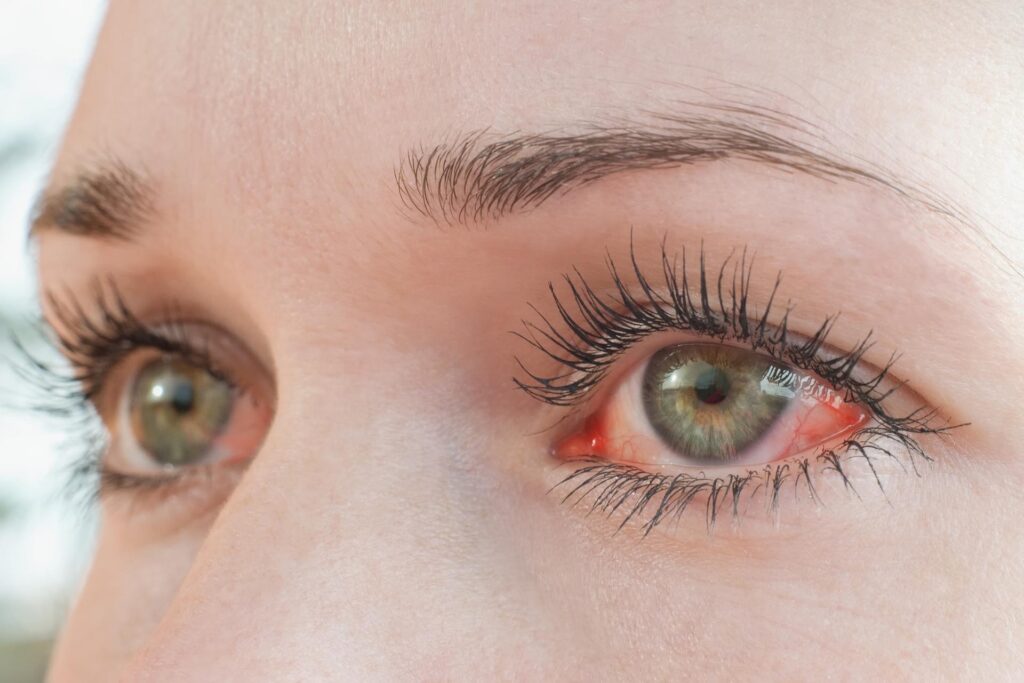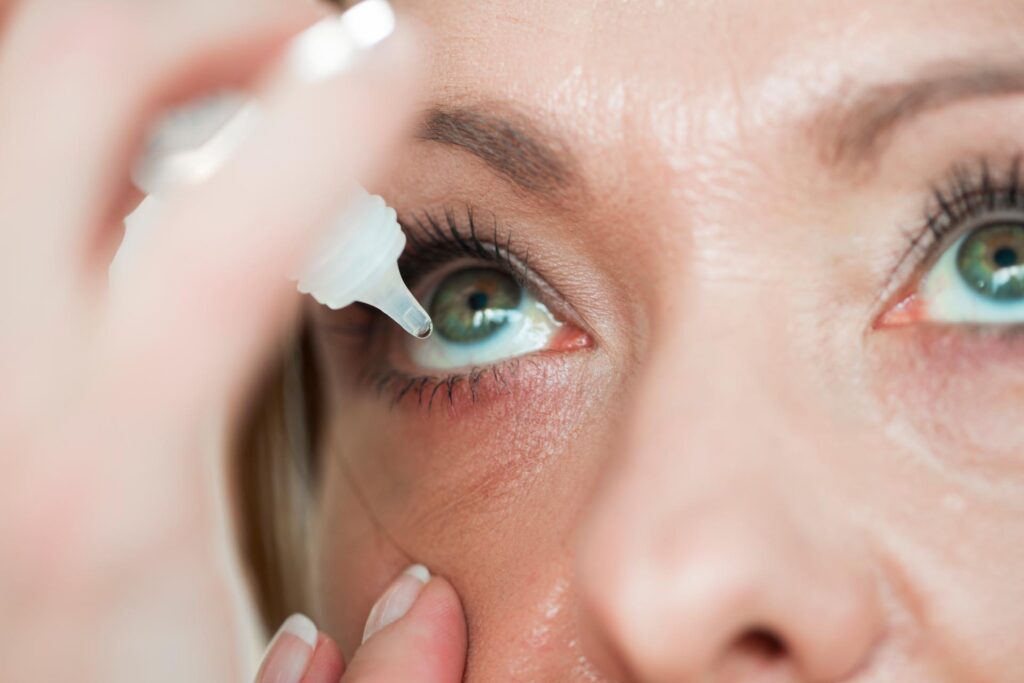Conjunctivitis (Konjuktivitis)
What is the conjunctivitis?
The topic of eyes is exciting for both young and old people. The conjunctiva is a part of the eye that is particularly affected. In professional circles it is known under the name “conjunctiva”. In general, the conjunctiva is a part of the eye. It’s more of a thin mucous membrane that lines the inside of the eyelids, covering the front part of the eyeball.
The mucus secretes itself to wet and protect the surface of the eye. In general, the conjunctiva consists of blood vessels, which are only visible when the doctor examines them more closely. This is referred to as classic conjunctivitis. If this is the case, the blood vessels dilate. They are getting more and more out of sight. Hence the red veins in his eyes. So if children have a red eye, then the probability of an inflammation of the conjunctiva is high.
In any case, the conjunctiva reacts in the same way – with a red eye. Bacteria in particular are a common reason for its inflammation. Bacterial infections caused by staphylococci should not be forgotten. Larger amounts of discharge are often a clear sign. From then on, you should see a doctor as soon as possible.
But in addition to red eyes, those affected must also expect pain in the throat and a runny nose. That depends from person to person. Depending on the degree, such an inflammation lasts between 1 and 2 weeks. Washing your hands frequently helps. In addition, the fingers should not be rubbed on the eyes, otherwise only more bacteria will reach the eyes. There is also a chronic condition called blepharitis. The treatment, on the other hand, is much more lengthy and difficult. Other causes are increasing age, sun, dry wind, heaters, fans and the use of contact lenses.
What symptoms can be expected?
The syndromes for conjunctivitis are easy to recognize. A red or red eyes are a big indication. Too rapid drainage of tears can also lead to dry mucous membranes. Swelling in the throat or frontal sinus also needs to be taken seriously.
The course of viral conjunctivitis is similar to that of upper respiratory infections, with the worst symptoms appearing three to five days later and resolving within seven to fourteen days. This type of infectious conjunctivitis is highly contagious and spreads easily from person to person.
Bacterial conjunctivitis usually goes away without treatment in two to five days, but treatment may be needed.
How is conjuctivitis in children treated?
A dry eye with redness can best be treated by an ophthalmologist. A lot of money is asked from the patients. This applies to both children and adults. Basically, there are several methods of treatment available. In the simplest, artificial tears are administered to compensate for the lack of tear fluid. However, the reduced tear secretion cannot be reversed in this way. It is more of a type of replacement therapy that needs to be used on a permanent basis.
There is no one way to treat conjunctivitis. Basically, this depends on several components. The best thing is to see an ophthalmologist who will examine the entire eye. Dry eyes, for example, can also be of a chronic nature. Tear substitutes and appropriate remedies are used most frequently. They stabilize the surface of the eye and form the necessary protective film. In general, the following aspects apply to treatment:
The course of viral conjunctivitis is similar to that of upper respiratory infections, with the worst symptoms appearing three to five days later and resolving within seven to fourteen days. This type of infectious conjunctivitis is highly contagious and spreads easily from person to person.
Bacterial conjunctivitis usually goes away without treatment in two to five days, but treatment may be needed.
-
Viscous agents moisten longer
-
Efficacy and tolerability varies from person to person
-
Preservative-free preparations should be preferred
-
Use artificial tears before symptoms occur
In most cases an improvement can be achieved by various wetting agents. In the case of a severe form, however, other treatment options can be considered. This includes, for example, the care of the lids and lid edges. Self-serum drops are another way to contain the inflammation. Special contact lenses also have an effect. If an adapted diet does not help, surgical intervention can also be considered. Alternatively, those affected can ventilate the room several times a day for several minutes.

